How to Take Action when You Lose Sight of Your Child at an Amusement Park
It's a scenario that happens hundreds of times a day at amusement parks all across the world. You're walking along with your family or group, young child in hand, but when you look down a minute later, alas, he or she is gone! You suspect...
Method 1 of 2:
Preparing to Visit the Park
- Before you go, explain to your children what they should do if they get separated at any time from you or their guardians. Tell them to find a uniformed park employee and explain to them that they have been parted from their group. Have them explain to the employee (or security officer) their name, your names and where they got lost.
- Although asking strangers should not be a first choice, telling a child he or she should not talk to strangers or make them afraid of strangers may instill unnecessary fear. In an emergency, a child is actually often aided by a bystanders. Instead, have them focus on who is most likely to be a good choice and why: a mother with children, a grandfather with grandchildren, or a daycare worker. These are all people who are entrusted with children and are probably good with children. There is no guarantee that a park employee is completely safe, after all.
- Practice what the child should do in case they cannot find parents. Going over the drill once at the park entrance is unlikely to be successful. This is something you can do while waiting in a line or while waiting for Dad to finish his lunch. Ask the child who he or she could go to for help in the immediate area.
- Do this at home, too. Children can get separated from caregivers at malls, grocery stores, and downtown. It is a game that helps situational awareness, practicing self-care, and a sense of security.

- Provide memory aids. Children may not remember phone numbers, and very young children may only say your name is "Daddy". Remind them they have it and tell them to give it to a member of staff if they get lost or by something like a dog tag or a bracelet. You can buy them with the name of the child and your mobile phone number in it.
- Very prepared parents make up bright colored T-shirts with contact information on it. These can be made very inexpensively with printable transferable sheets. Just remember not to put the child's name on it--this could be used by predators to gain a child's trust. Phone numbers can be printed on the back of the shirt if you do not want it in family photos.
- Write your mobile phone number on a sticker and fix it to their shirt. If you do not have a sticker write it on paper and put it in their pocket
- A piece of tape with a phone number on the back is a time-tested teacher field trip precaution. Children are unlikely to lose it or have a bracelet fall off.
- A panicked child may not remember a memorized phone number, or that there is a card with your phone number on it.

-
 Use your camera or cell phone and take a picture of your children when you arrive at the park. This way you will have a current picture with you.
Use your camera or cell phone and take a picture of your children when you arrive at the park. This way you will have a current picture with you. -
 Make sure everyone in your group, including parents and older siblings, are wearing the same bright, recognizable clothing. Bold orange or yellow shirts will work fine for this purpose. Avoid wearing dark colors as these will make you and your children blend in easily with the crowd, and avoid putting your child's name on it. This will make it easy for strangers to call them out and take your child with them.
Make sure everyone in your group, including parents and older siblings, are wearing the same bright, recognizable clothing. Bold orange or yellow shirts will work fine for this purpose. Avoid wearing dark colors as these will make you and your children blend in easily with the crowd, and avoid putting your child's name on it. This will make it easy for strangers to call them out and take your child with them. -
 Bring along a way to communicate with your kids. You can give older siblings a cellphone (just make sure they know your number). Younger kids can benefit from the use of a walkie-talkie to keep in touch with you should they get lost. Show them how to use it and explain that it is not a toy, but a way to reunite if you do get separated.
Bring along a way to communicate with your kids. You can give older siblings a cellphone (just make sure they know your number). Younger kids can benefit from the use of a walkie-talkie to keep in touch with you should they get lost. Show them how to use it and explain that it is not a toy, but a way to reunite if you do get separated. -
 Find a place to designate as your 'meeting spot' if someone from the group is separated, once you arrive at the amusement park. Crowded, commonly designated areas like the front gates of the park or at a bench next to a popular attraction are not good meeting spaces as they will be very crowded at all times of the day and relatively unsafe for a young child to be sitting at alone. Instead, choose a less popular area to meet up, like at the security booth or next to the restaurant where you plan to eat. This will make it easier to find a lost child.
Find a place to designate as your 'meeting spot' if someone from the group is separated, once you arrive at the amusement park. Crowded, commonly designated areas like the front gates of the park or at a bench next to a popular attraction are not good meeting spaces as they will be very crowded at all times of the day and relatively unsafe for a young child to be sitting at alone. Instead, choose a less popular area to meet up, like at the security booth or next to the restaurant where you plan to eat. This will make it easier to find a lost child. -
 Remember to stay together at all times. You probably won't mind letting older kids go off on their own for a while (as long as they keep in touch via cellphone), but younger children should hold your hand and stay with you as you walk through the park. Keep a firm grip to prevent your child from slipping away. In especially large, crowded amusement parks (i.e. Walt Disney World), it might be better to safely fasten your child in a stroller or carrier instead of allowing them to walk, lessening the chances of being separated.
Remember to stay together at all times. You probably won't mind letting older kids go off on their own for a while (as long as they keep in touch via cellphone), but younger children should hold your hand and stay with you as you walk through the park. Keep a firm grip to prevent your child from slipping away. In especially large, crowded amusement parks (i.e. Walt Disney World), it might be better to safely fasten your child in a stroller or carrier instead of allowing them to walk, lessening the chances of being separated.
Method 2 of 2:
Should You and Your Child Get Separated
-
 Don't panic, in the event that your child does get lost or separated. This may sound like a cliché that is sometimes impossible to remember, but if you panic you are only worsening the situation.
Don't panic, in the event that your child does get lost or separated. This may sound like a cliché that is sometimes impossible to remember, but if you panic you are only worsening the situation. -
 Stay collected and focused on what you need to do next. Also, keep in mind that your child may not really be lost. They may have simply slipped out of your grip and are following behind, or are stopping to look at something. If you have looked everywhere around you and absolutely cannot find them, continue to the next step.
Stay collected and focused on what you need to do next. Also, keep in mind that your child may not really be lost. They may have simply slipped out of your grip and are following behind, or are stopping to look at something. If you have looked everywhere around you and absolutely cannot find them, continue to the next step. -
 Find the nearest employee or security officer, and explain that your child is lost. They will radio the security office to inform them that there is a lost child in the park.
Find the nearest employee or security officer, and explain that your child is lost. They will radio the security office to inform them that there is a lost child in the park. -
 Give the employee or officer a complete description of your child: what he or she looks like, what he or she is wearing, etc. This will make it easier for them to locate your child. Tell them if there is a specific area that your child might be likely to go to, such as a favorite ride or activity, or a pre-arranged meeting location. Take a picture of your child before going to the park (dressed in the same clothes, etc.) on your cellphone, if possible. You can show or share this with security personnel.
Give the employee or officer a complete description of your child: what he or she looks like, what he or she is wearing, etc. This will make it easier for them to locate your child. Tell them if there is a specific area that your child might be likely to go to, such as a favorite ride or activity, or a pre-arranged meeting location. Take a picture of your child before going to the park (dressed in the same clothes, etc.) on your cellphone, if possible. You can show or share this with security personnel. -
 Cooperate with the park security. Panicking or disagreeing with the security may land you in more frustration than you are in already. They are experienced professionals trained to deal with this type of situation. In fact, they see similar situations hundreds of times a year.
Cooperate with the park security. Panicking or disagreeing with the security may land you in more frustration than you are in already. They are experienced professionals trained to deal with this type of situation. In fact, they see similar situations hundreds of times a year. -
 Stay where you are, unless the park security instructs you otherwise. Your child may be nearby, just hidden in the crowd, and will most likely come back to you if they see where you are.
Stay where you are, unless the park security instructs you otherwise. Your child may be nearby, just hidden in the crowd, and will most likely come back to you if they see where you are. -
 Check the park's Lost & Found center, and see if you can find your child or young group member there. Many amusement parks have stations like these where employees who find lost children take them. There are usually some activities there to keep your child occupied until they can be reunited with you/their group. In most cases, your lost child or group member will be found by now if you have given the security a good description of them. If hours pass and your child is still not found, they will contact the local authorities.
Check the park's Lost & Found center, and see if you can find your child or young group member there. Many amusement parks have stations like these where employees who find lost children take them. There are usually some activities there to keep your child occupied until they can be reunited with you/their group. In most cases, your lost child or group member will be found by now if you have given the security a good description of them. If hours pass and your child is still not found, they will contact the local authorities.
5 ★ | 1 Vote
You should read it
- Children with anorexia must how to help their babies eat well?
- First aid methods for children
- How to talk and confide in your children effectively
- How to Track My Children's Phone without Them Knowing?
- The story is worth pondering about an American mother who teaches her child to be independent: 'Please don't help my child!'
- How to Support Social Development in Young Children
- [Funny] A bunch of funny photos about the difference between raising first and second children
- Basic skills to help children avoid sexual abuse
- Science proves: Father's bad mood seriously affects children's development
- 11 conundrums of children and this is the answer that every parent needs at times!
- How to deal when your child lies
- How to Help Children Sleep
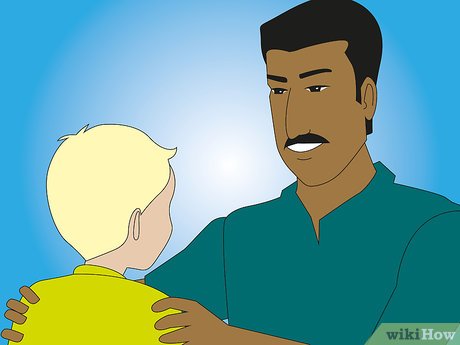

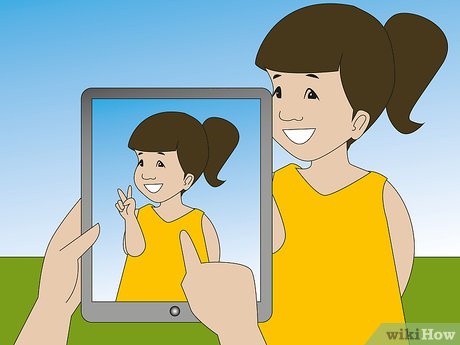

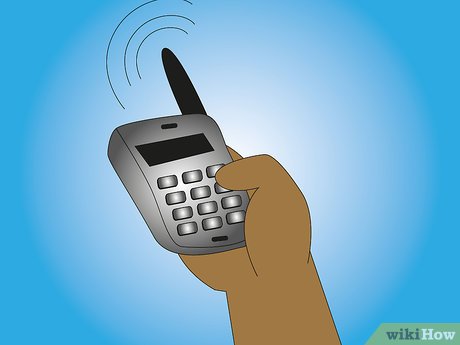




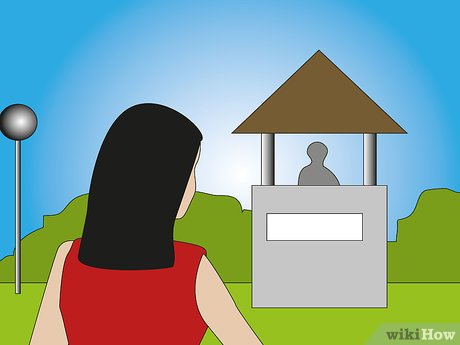
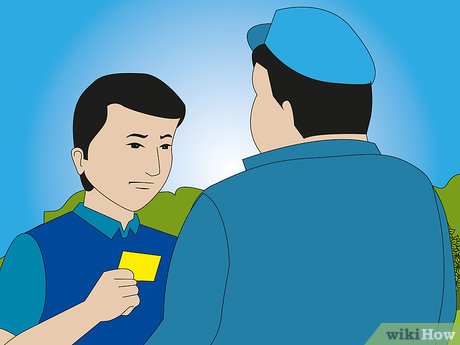


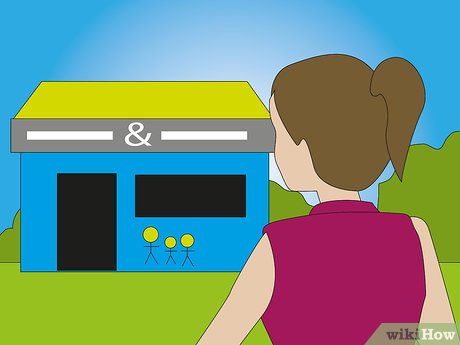






 How to Prepare for and Enjoy an Amusement Park
How to Prepare for and Enjoy an Amusement Park How to Save Money at Amusement Parks
How to Save Money at Amusement Parks 10 most bizarre vehicle designs of Batman
10 most bizarre vehicle designs of Batman How to Make the Most of an Extended Trip to Cedar Point
How to Make the Most of an Extended Trip to Cedar Point How to Use a Flash Pass at Six Flags
How to Use a Flash Pass at Six Flags Children with anorexia must how to help their babies eat well?
Children with anorexia must how to help their babies eat well?